Is condensation inside windows bad? Insulation experts recommend these short and longer term solutions
This common winter pane usually has a simple fix
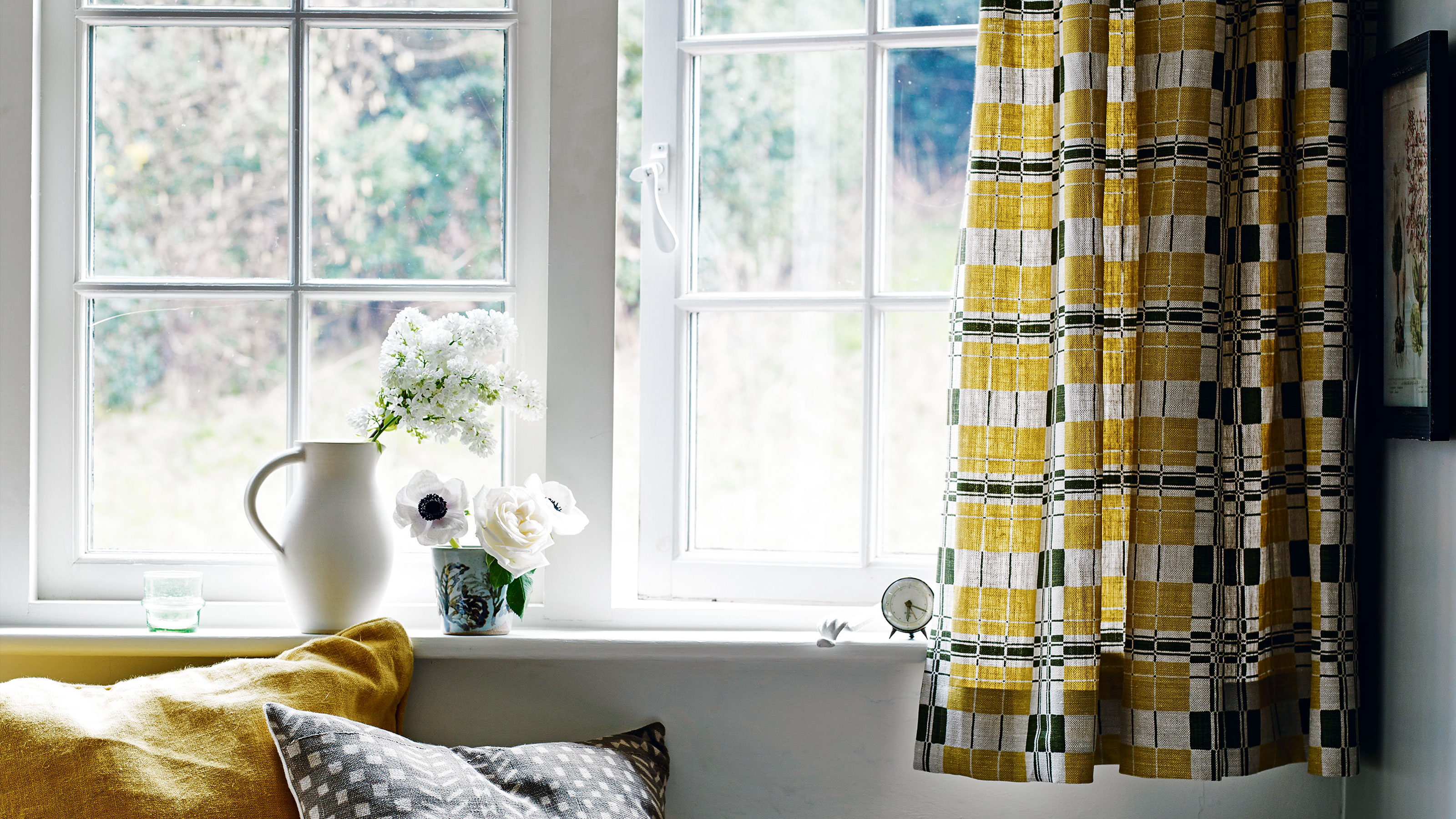

If you live in a cold climate, then you have likely experienced opening your curtains in the morning to find your windows fogged up and dripping wet at least once. But is condensation inside windows bad?
While it is a normal sign your windows are working as intended to keep warm air inside, it is not the best for your home, and could lead to dampness and mold. That's why our top insulation pros recommending wiping it away or using a window vacuum.
If your condensation is showing up in between window panes, that's another potentially more costly story. Here, our pros delve into condensation inside windows and share advice to easily stop condensation in your windows for good.
Is condensation inside windows bad?
John Parks, Co-Owner and COO of Advanced Insulation System says condensation on the inside of a window can be a concern, especially if it happens often. He explains, 'It’s usually a sign that there’s too much humidity in your home. Left unchecked, it can increase the risk of mold, mildew, or even damage to the window frames or walls nearby. This is especially common in colder months when warm indoor air meets the cold surface of a window.’
In very cold climates or poorly insulated homes, unchecked condensation can also cause frost on the inside of windows, and this may leave it at risk of cracking.
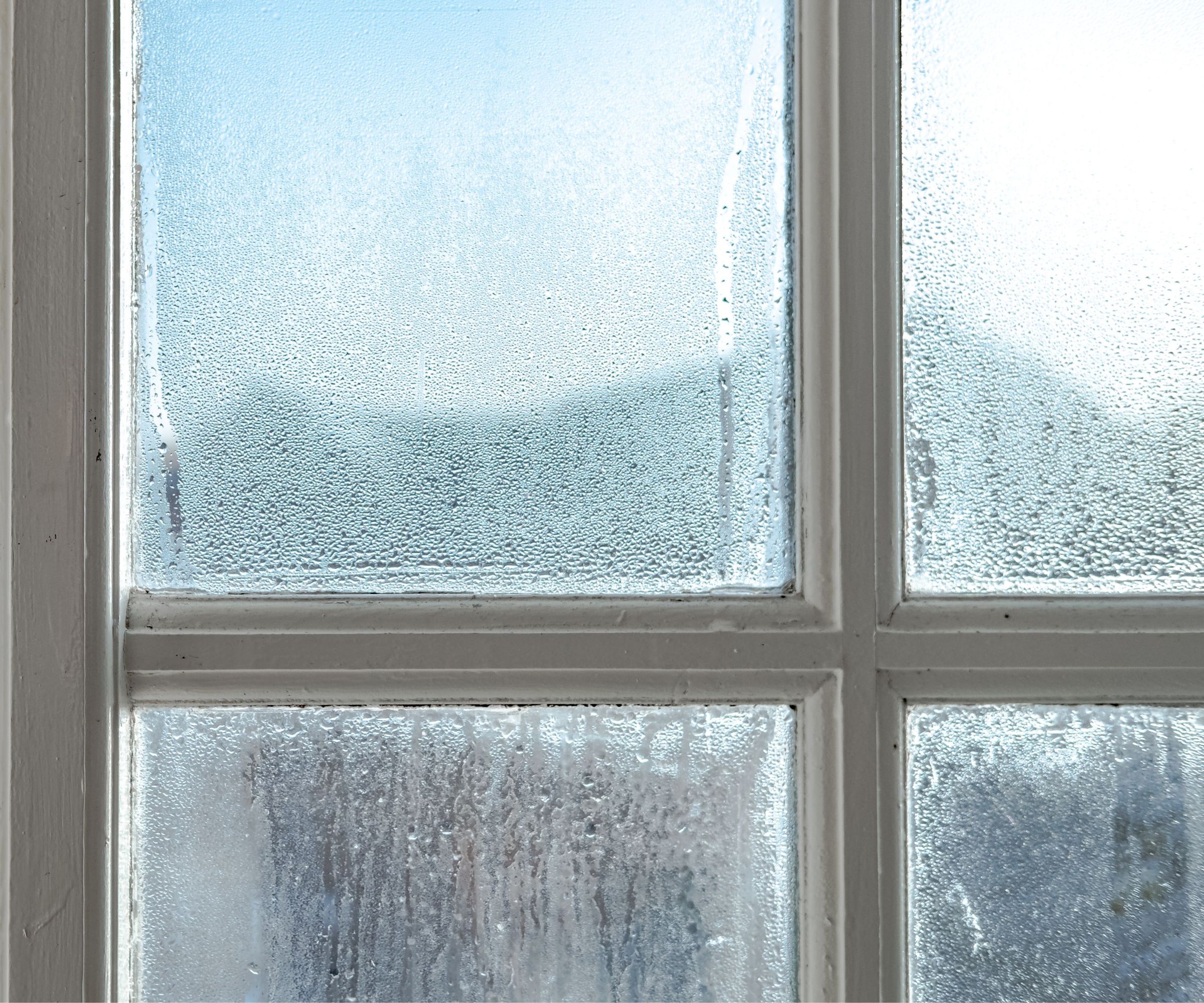
Luckily, getting rid of condensation inside windows is easy. More often than not all you need to do is wipe it away and dry the window as soon as you get up for the day. You could also consider using window vacuums to curb condensation, or a cheap salt trick to get rid of condensation.
All prices correct at time of publication.
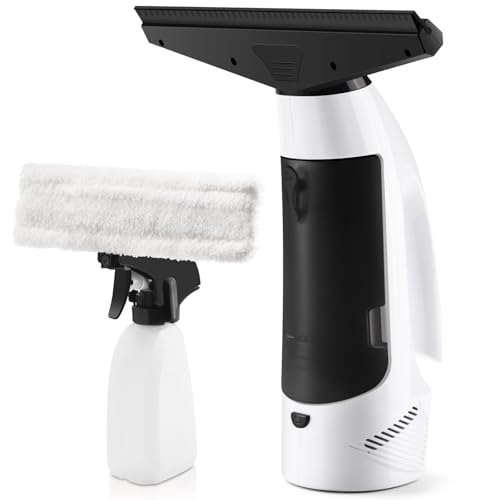
A nifty little duo to help you clean and vacuum your windows with ease. The Black Friday deal makes this a brilliant way to easily and effectively remove condensation from your windows and clean first and mold spores off. Our experts say removing the droplets is the best way to tackle condensation on your windows.
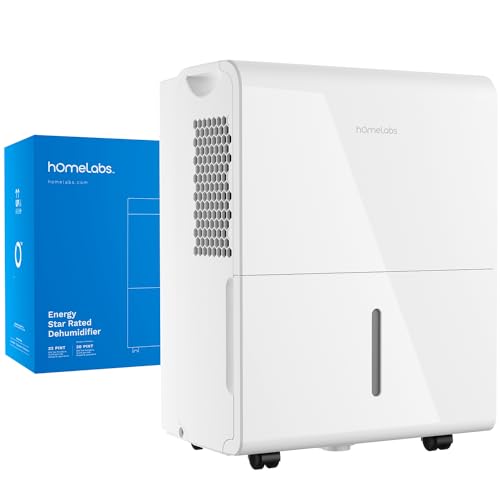
This smaller hOmelabs dehumidifier is ideal for bedrooms, kitchens and bathrooms. Coupling a dehumidifier, which reduces room humidity, with the window vacuum to manually remove condensation on windows is the dream combo to tackle this problem.

This small dehumidifier is also better suited to smaller rooms in your home, but is a more budget friendly option if you only need it in winter. It's easy to port around as well if you want to use it in multiple rooms as your day and activities around the home move on.
However, if you want to stop condensation on windows overnight and prevent mold and damaged window seals completely, you’ll want to consider the best dehumidifier, John says.
He explains, ‘A good dehumidifier, like the hOmeLabs 50-Pint Dehumidifier [available on Amazon] can bring down indoor humidity levels and help control condensation without having to leave windows open for long periods in freezing winter months, helping to make heating more efficient.
You can also improve ventilation in high-humidity areas like bathrooms, kitchens, and laundry rooms. Installing exhaust fans or using trickle vents on windows can help move moist air outside.’
Remember that dehumidifiers will not work with windows open, so shut them off if you are sleeping with windows open in winter.
Condensation in between window panes
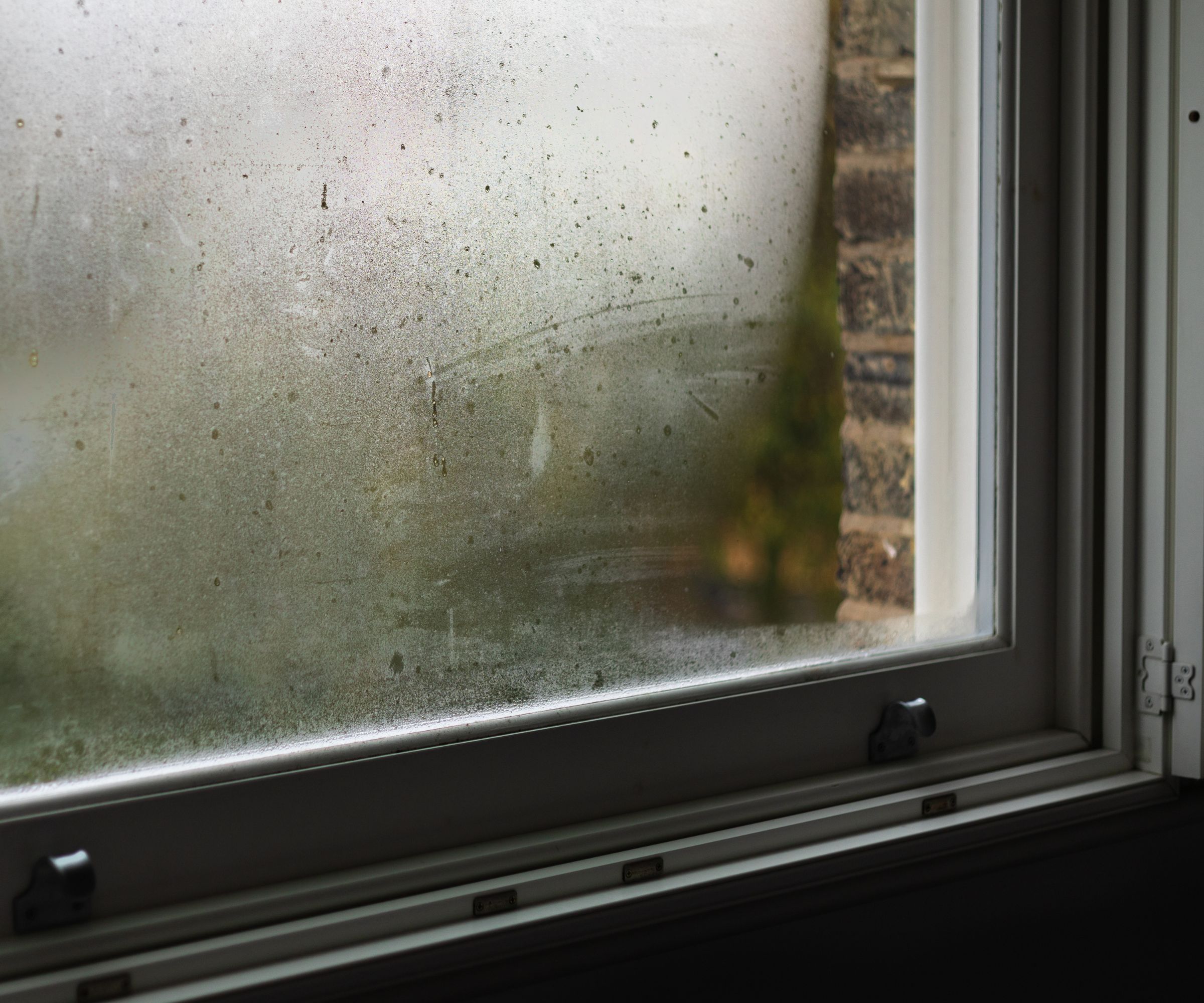
Condensation inside double-glazed windows (i.e. sitting between the panes so you cannot wipe it away) is a far more serious problem.
Elizabeth Reilly, of Greensavers, explains, ‘This usually indicates a failure in the seal of the insulated glass unit. This is actually a more serious issue and is generally caused by extreme fluctuations in temperature, or simply just wear and tear over time.
‘Now, because a broken seal means the window is no longer working to insulate the home, this means any heating or cooling system in the home will be working less efficiently and you’ll be wasting energy and money.’
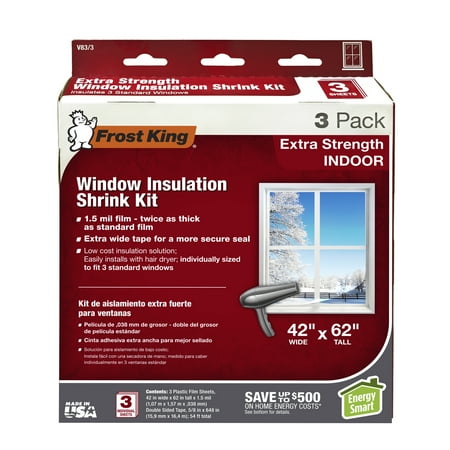
When you can't replace windows accumulating condensation in the middle, insulating window film can be a good sticking plaster in the meantime. This film is applied with a hair dryer, adding an extra layer of protection against heat loss to make heating more efficient.
Our experts do warn there is no way of fixing condensation inside windows with a dehumidifier. Your options are to repair or replace a window, says Matthew Coates, architect at Coates Design Seattle Architects.
He explains, ‘The only real fix is to replace the insulated glass unit or replace the entire window. In older homes or for folks with a budget in mind, it is more common to simply have a glass company replace the glazing, however, it should be mentioned that old-school window frames lack the insulating technology and non-thermal bridging materials of today's windows, so it’s usually best to replace the entire window if that's within your budget.’
While this can incur a big upfront cost if being completed home-wide, it is a small home upgrade that can boost your home value by 20%, not to mention it will help you to cut energy bills so you are saving money and reaping the benefits over time.
While it might seem little more than a winter nuisance, condensation on the inside of windows can have a costly impact on both your wallet and your health. Reducing your home’s humidity and looking out for signs of mold in your home should be on your daily to-do list throughout the cold season.
For condensation between window panes, a consultation with a local trusted window fitting company is your best option as replacing windows is a household project you shouldn’t DIY.
Sign up to the Homes & Gardens newsletter
Design expertise in your inbox – from inspiring decorating ideas and beautiful celebrity homes to practical gardening advice and shopping round-ups.

Chiana has been at Homes & Gardens for two years and is our resident 'queen' of non-toxic living. She spends most of her time producing content for the Solved section of the website, helping readers get the most out of their homes through clever decluttering, cleaning, and tidying tips. She was named one of Fixr's top home improvement journalists in 2024.
-
 Charred little gem with saffron dressing
Charred little gem with saffron dressingThis recipe with charred little gem is both easy to make and sure to impress guests. It's the perfect side for fresh spring menus
By Alice Hart
-
 Grilled asparagus with herb and pickled red onion
Grilled asparagus with herb and pickled red onionThis grilled asparagus couldn't be easier, and it's a wonderful way to get the best flavor from our favorite spring veg. It's perfect alongside fish or lamb
By Alice Hart
-
 Why does my house feel damp? Experts reveal the 7 common reasons, risks and fixes to apply right now
Why does my house feel damp? Experts reveal the 7 common reasons, risks and fixes to apply right nowIf your house smells musty, there might be underlying damp to sort out
By Sophie Warren-Smith
-
 Do you have condensation on the outside of your windows? This simple rule of thumb determines if it's normal, or a sinister warning sign
Do you have condensation on the outside of your windows? This simple rule of thumb determines if it's normal, or a sinister warning signHVAC pros share expert insight
By Ciéra Cree
-
 HVAC pros reveal 2 'Goldilocks' ranges for the ideal room temperature in bitter winter – it differs from day to night, and room to room
HVAC pros reveal 2 'Goldilocks' ranges for the ideal room temperature in bitter winter – it differs from day to night, and room to roomKeeping rooms at the right temperature is vital for comfort and efficiency
By Ciéra Cree
-
 HVAC pros say this is the most efficient heating schedule to keep you warm at home all day – and why automating it is the best move
HVAC pros say this is the most efficient heating schedule to keep you warm at home all day – and why automating it is the best moveThere’s no one-size-fits-all – here’s how to tailor heating to your home
By Chiana Dickson
-
 How dust and dirt increases your energy bills – plus 5 ways HVAC pros deal with it to cut costs
How dust and dirt increases your energy bills – plus 5 ways HVAC pros deal with it to cut costsThese cleaning tips could save you hundreds
By Chiana Dickson
-
 Is your house heating unevenly? HVAC pros reveal 5 common reasons, plus their top tricks for consistent heating throughout your home
Is your house heating unevenly? HVAC pros reveal 5 common reasons, plus their top tricks for consistent heating throughout your homeEliminate hot and cold spots with these fixes
By Chiana Dickson
-
 What is a zoned heating HVAC system? We get the lowdown from the pros
What is a zoned heating HVAC system? We get the lowdown from the prosThis expensive addition could actually save you money
By Sophie Warren-Smith
-
 I spent years trying to combat window condensation – then a simple dish-soap trick turned out to be the key all along
I spent years trying to combat window condensation – then a simple dish-soap trick turned out to be the key all alongThe dish soap condensation hack takes five minutes to do, is oh-so effective, and cleaning pros love it
By Eve Smallman